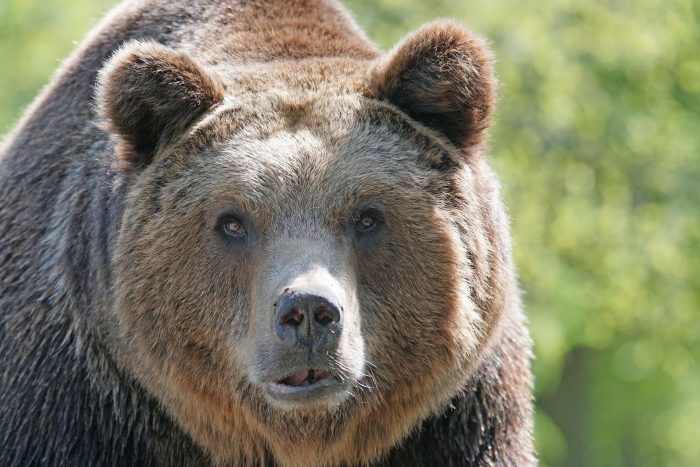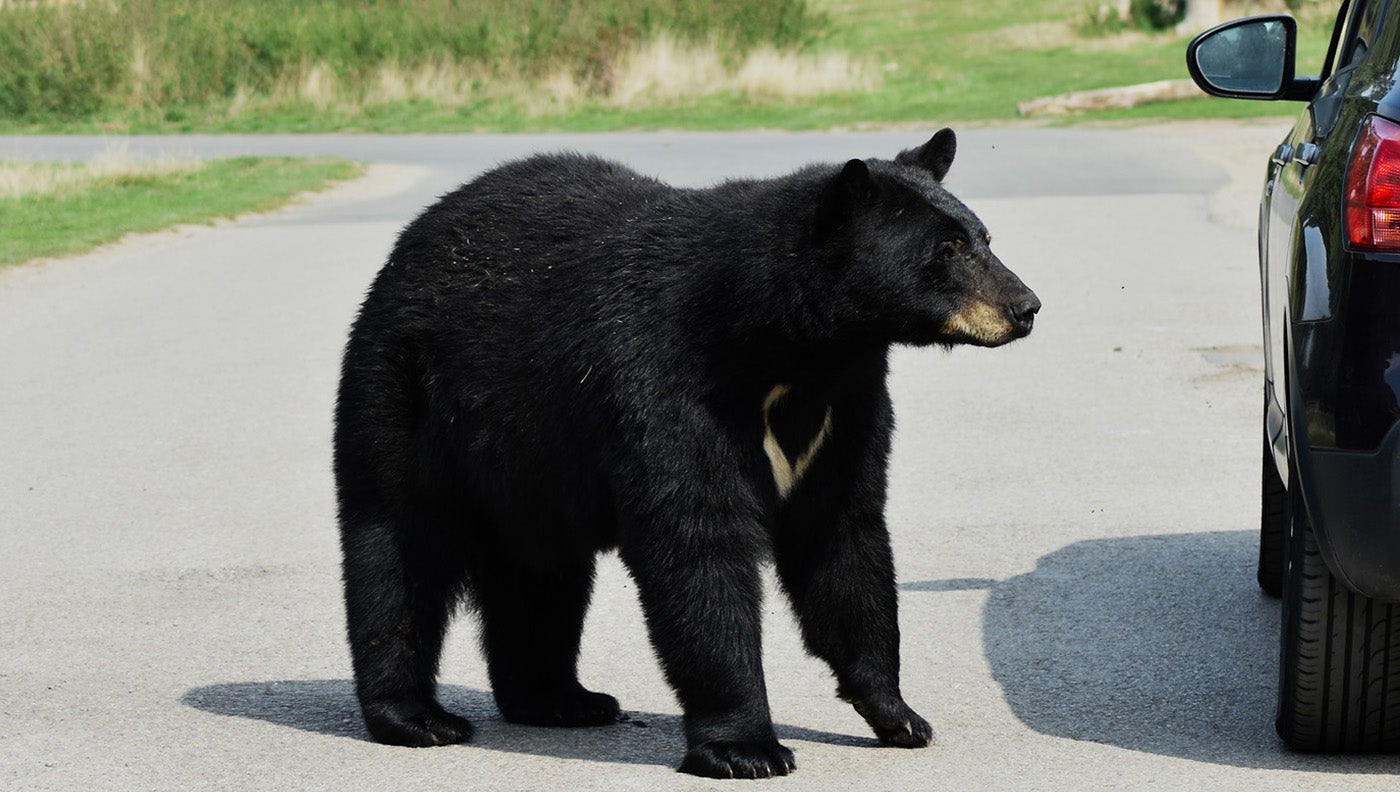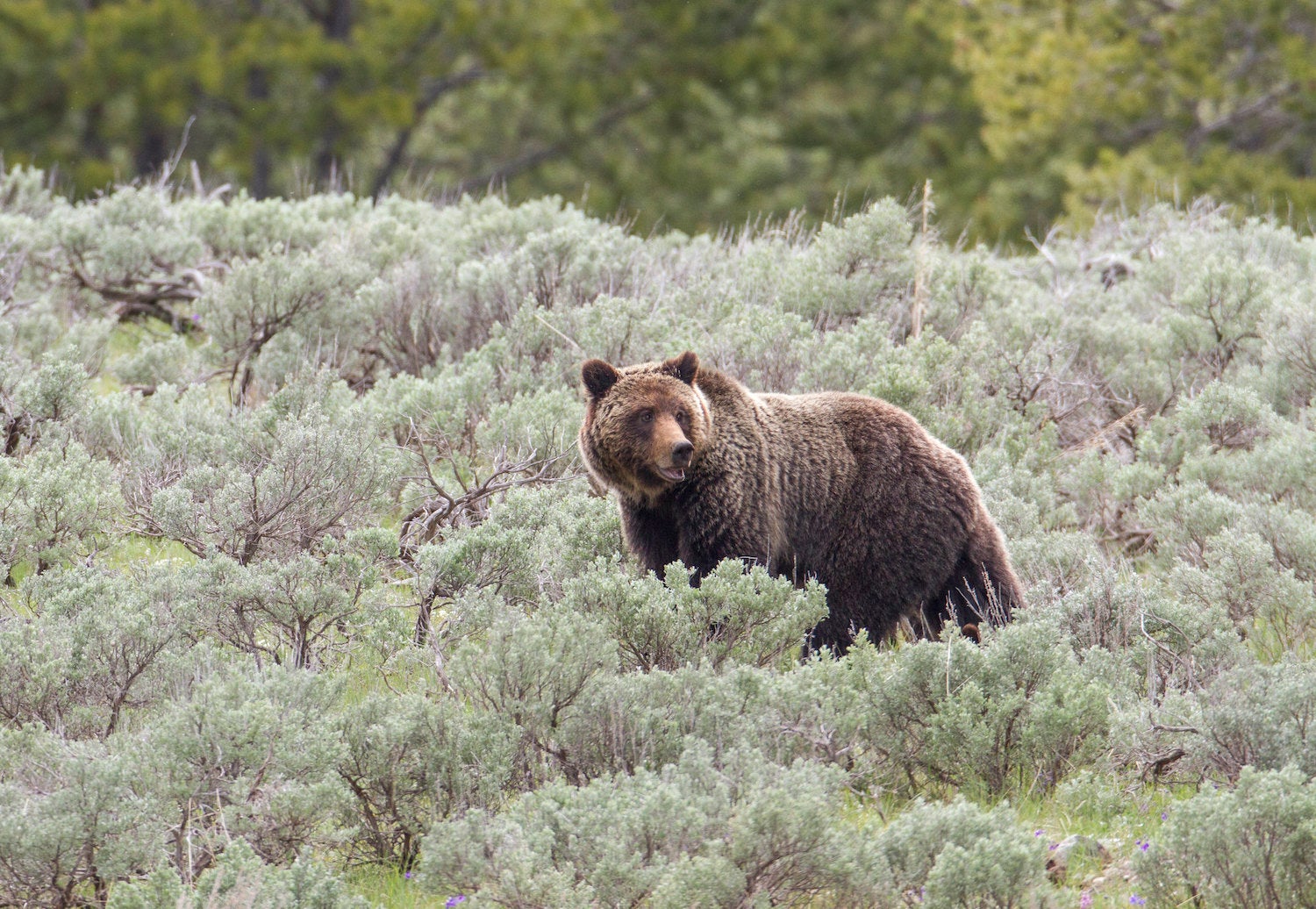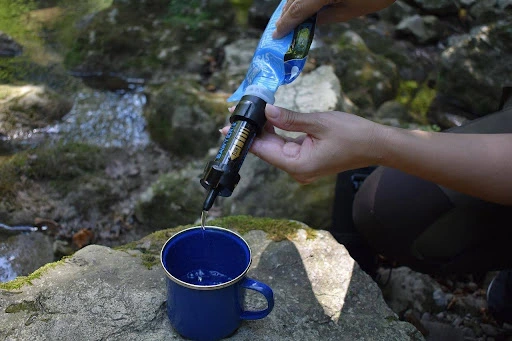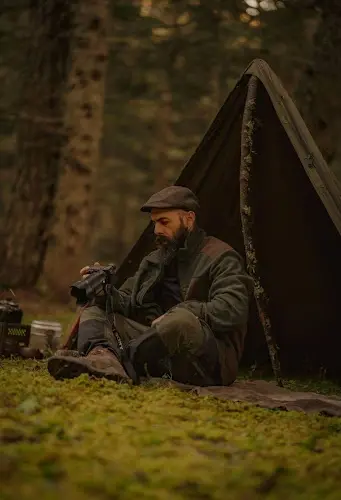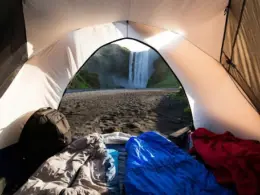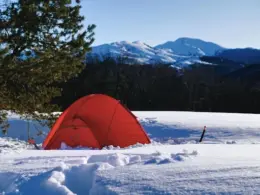As the warmth of spring and summer ushers in a new season of hiking, camping, and exploring the great outdoors, it also signals the arrival of bear season. Bears become more active during these months, foraging for food and roaming through forests, mountains, and parks.
For nature enthusiasts, this means being prepared and knowledgeable about how to stay safe while enjoying the wilderness. This guide will provide you with essential tips and instructions on how to navigate bear country safely.
Table of Contents
Black Bears and Grizzlies
Before diving into safety tips, it’s important to understand the two primary types of bears you might encounter in North America: black bears and grizzlies (also known as brown bears).
- Black Bears: These bears are generally smaller and less aggressive than grizzlies. They have a varied diet and are commonly found in forests, mountains, and even near human settlements. They can range in color from black to brown and even blonde. They are most aggressive when habituated or if there are cubs nearby.
- Grizzly Bears: Larger and more formidable, grizzlies are often distinguished by the hump on their shoulders and their concave facial profile. They are more likely found in the Rocky Mountains, Alaska, and parts of Canada. Grizzlies can be more aggressive, especially when protecting their cubs or food.
Avoiding Bear Encounters
The best way to protect yourself from bears is to avoid encountering them altogether. Here are some tips to help you steer clear of bears while hiking and camping:
- Make Noise: Bears are typically wary of humans and will avoid you if they hear you coming. Make noise by talking loudly, singing, or using a bear bell. One effective method I’ve personally used is tapping a metal spoon against a metal cup. The sound of metal on metal is foreign to bears and can deter them from approaching.
- Be Aware of Your Surroundings: Stay alert and watch for signs of bear activity, such as tracks, droppings, or scratched trees. If you see these signs, it’s best to change your course or leave the area.
- Travel in Groups: Bears are less likely to approach large groups of people. If possible, hike and camp with others.
- Stay on Designated Trails: Wandering off-trail increases your chances of encountering a bear. Stick to well-traveled paths where bears are less likely to roam.
Properly Storing Food
Bears have an excellent sense of smell and are often attracted to human food and garbage. To prevent attracting bears to your campsite, follow these food storage guidelines:
- Use Bear-Resistant Containers: Store all food, trash, and scented items (such as toothpaste and deodorant) in bear-resistant containers. These containers are specifically designed to prevent bears from accessing your supplies.
- Hang Food: If bear-resistant containers are not available, hang your food at least 10 feet off the ground and 4 feet away from any supporting tree branches. This makes it difficult for bears to reach your supplies.
- Keep a Clean Campsite: Dispose of all food scraps and trash properly. Pack out all garbage and never leave food unattended. Cooking areas should be at least 200 feet from your sleeping area to minimize the risk of attracting bears to your tent.
Encountering a Bear: What to Do
Despite your best efforts to avoid them, you might still encounter a bear. Knowing how to react can make all the difference:
- Stay Calm: If you see a bear, remain calm and avoid making sudden movements. Do not run, as this can trigger the bear’s predatory instincts.
- Identify Yourself: Speak calmly and firmly to the bear, letting it know you are human. This can help prevent the bear from feeling threatened.
- Back Away Slowly: If the bear has not noticed you, slowly and quietly back away. If the bear has seen you, do not approach it. Instead, continue to speak calmly and back away slowly, avoiding direct eye contact.
- Stand Your Ground: If the bear approaches, stand your ground. Bears may bluff charge to test your intentions. Remain still and do not run.
Using Bear Spray
Bear spray is an effective deterrent and should be your last line of defense if a bear gets too close. Here’s how to use it:
- Carry It Accessibly: Keep your bear spray within easy reach, such as on your belt or backpack strap, so you can quickly access it if needed.
- Know How to Use It: Familiarize yourself with the operation of your bear spray. Remove the safety clip and practice aiming it to ensure you can deploy it quickly and accurately.
- Use It When Necessary: If the bear is charging or within 20-30 feet, aim slightly downward and discharge the spray in short bursts. Aim for the bear’s face, focusing on the eyes and nose. The spray creates a cloud that irritates the bear’s eyes and respiratory system, usually causing it to retreat.
Final Thoughts
By understanding bear behavior, avoiding bear encounters, properly storing food, knowing how to react during an encounter, and effectively using bear spray, you can significantly reduce your risk of a dangerous encounter. While there aren’t that many negative bear encounters as a whole, they do happen and it’s best to be prepared.

